The objective of each compositional technique is to obtain dynamic and interesting images. You’ve probably already heard about the “Rule of Thirds“, one of the best known when it comes to photographic composition.

This rule establishes that an image is more pleasant when its subjects/objects are distributed along imaginary lines that divide it into third parties, both vertically and horizontally, defining 9 equal rectangles. Even better if these are found at the intersection of the lines, in the so-called strong points. This is where the attention of the human eye is instinctively focused.
Like every rule, it is important to know and consolidate it with practice in order to be able to use it naturally when you are taking a picture. Below I give you some examples of its application in landscapes and subjects:

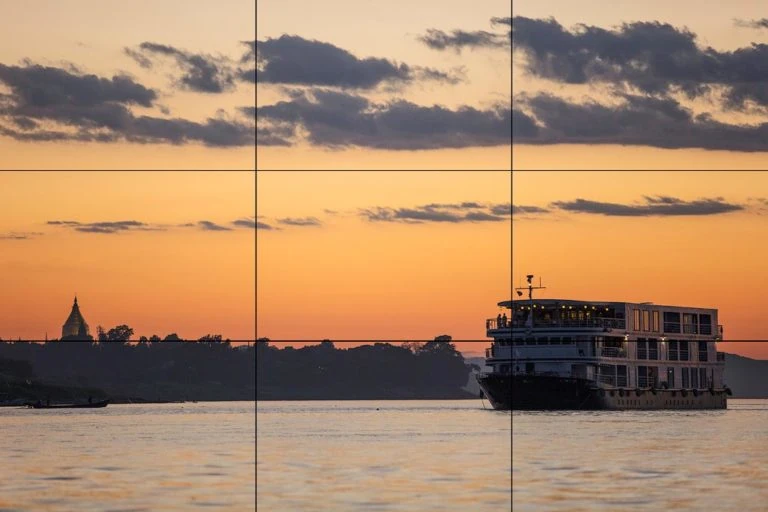

What is the origin of the rule of thirds?
It is nothing more than the simplification of another composition technique: the “Golden Ratio“, also called “Golden Section”, represented by the number 1.6180339887 (Phi).
The Golden Ratio (or Phi grid) is obtained by dividing the frame with a ratio of 1.61803:1 between the lateral and central columns, drawing 2 horizontal and 2 vertical lines, which will form 9 rectangles, as in the rule of thirds. To give harmony to the image we must try to position our subject/object in one of the 4 strong points, defined by the intersection of the lines.
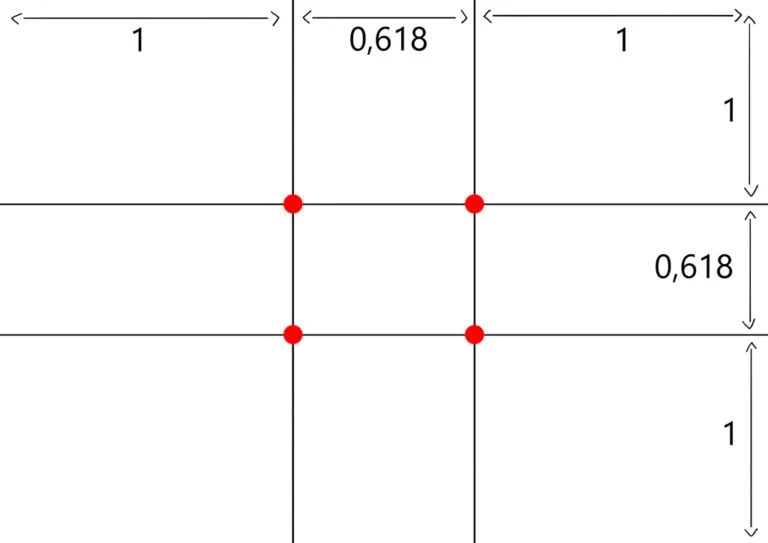
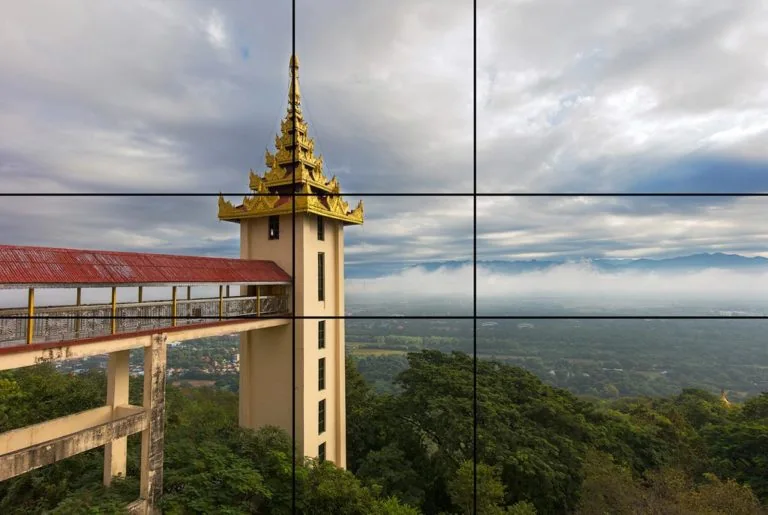
The “Golden Number” applied to figurative arts, such as painting, architecture, sculpture, allows interesting compositions for the human eye. This concept was introduced by the Pythagoreans and retaken by Leonardo Fibonacci, the great Italian mathematician and creator of the “Succession of Fibonacci” (“Golden Succession”), a series of whole numbers in which each number is the sum of the two previous ones. For example: 0,1,1,2,3,5,8,13,21,34,55,89,144, 233 to infinity.
Using the sequence, closely linked to the golden number, (the relationship between any two numbers flanked in the sequence results in the “Phi”) it is possible to graphically reconstruct the “Fibonacci Spiral“, a very effective compositional technique, which brings great balance and harmony to the image.
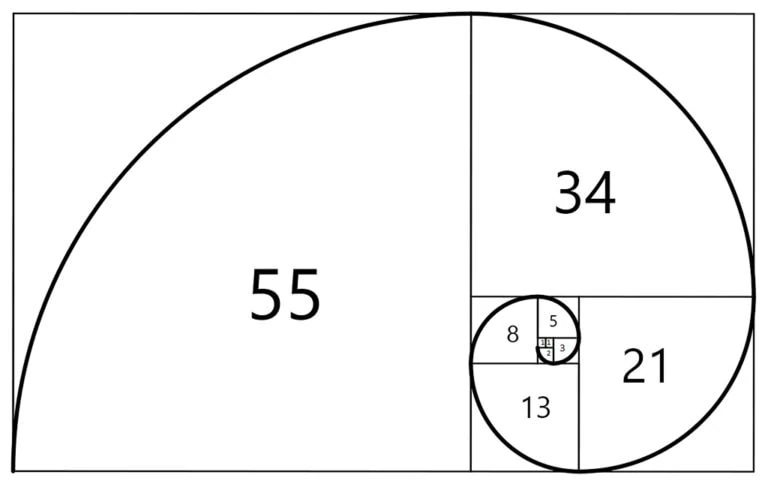
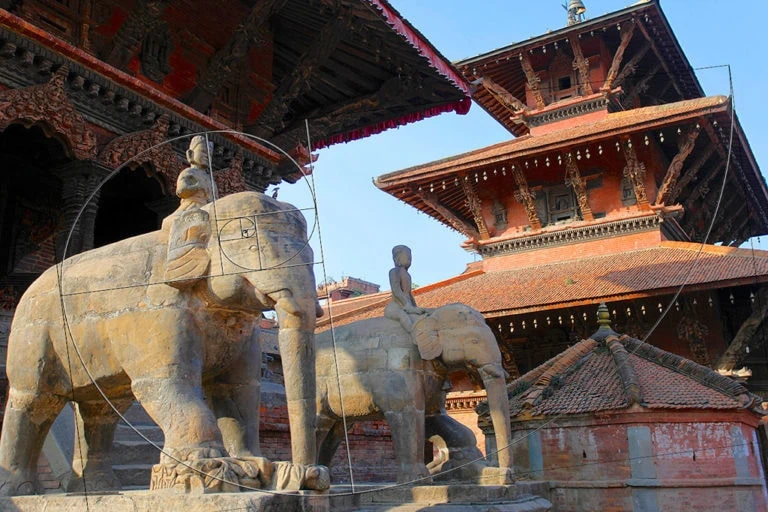
Another technique is the “Golden Triangle“, ideal for elements that follow diagonal lines. The frame is divided by a diagonal from which we draw a perpendicular line from the 2 opposite corners, dividing the scene into 4 triangles. There are 4 possible combinations, which create the “strong points” in the same position as the “Phi” grid. Follow the diagonal and place the subject/object in one of the strong points give a great visual impact on the image.
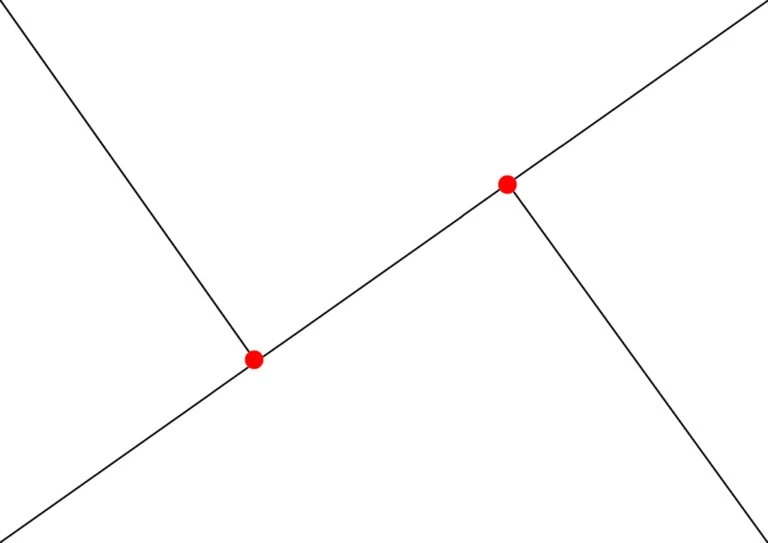
Applying the “Rule of Thirds” when we are taking a photo is not difficult, while the “Golden Ratio” is a more complex concept and probably easier to apply later, in the post-production phase, cutting the image correctly to achieve greater compositional harmony.
The option of Photoshop and Lightroom to crop according to the composition technique that best suits the situation is very useful. Practice with old photos and try to improve them by applying these rules when you consider it appropriate.

To use this option in Photoshop, you must select the “Crop” tool in the left sidebar, then at the top, in the tool options, you will find an icon that opens a scrolling window with different compositing techniques for cropping.
The same in Lightroom, in the top menu you will have to select: Tools —> Overlay cropping guides.







2 thoughts on “The Golden Ratio: origin of the Rule of Thirds”
Hi mate good intelligence.
I have found the Golden Ratio can be used to solve any problem as long as the artist and mathematicians have good intentions or Karma returns 6 fold…
Good to know 🙂 Thanks Clayton!